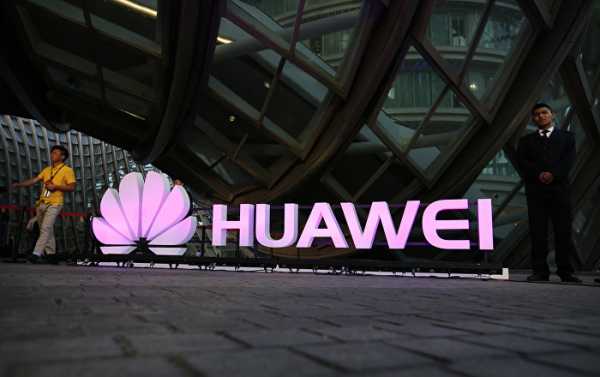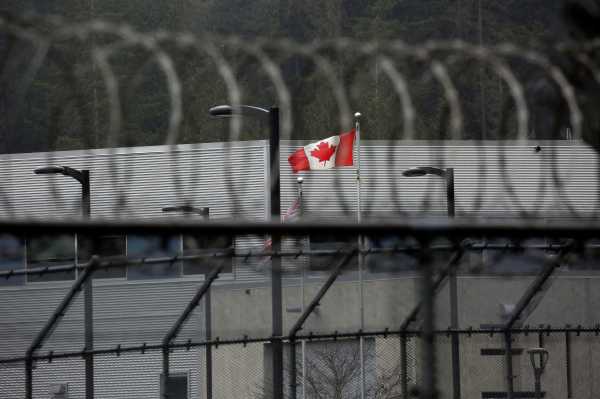
It’s been announced a US$2.91 billion (£2.3 billion) project to equip British police and ambulance workers with state of the art communications equipment is to be stripped of Chinese network tech manufactured by Huawei, due to spying fears.
The UK Home Office scheme — Emergency Services Network (ESN) — will see 300,000 emergency services staff and their vehicles — including 100 aircraft — with secure mobile data and call coverage has already been marred by major delays, and is now set to endure yet further.
The decision was made by the project’s supplier EE, due to a policy at parent firm BT to remove Huawei 4G core components from systems — the telecoms giant will foot the bill, in a process that could take up to four years. The network, EE claim, will be up and running by 2019 — two years late — and some Huawei parts would then be removed retrospectively after a tender process. Ericsson of Sweden and Nokia of Finland are said to be likely replacement contenders.
The revelation comes not long after the UK National Cyber Security Center and the US Federal Bureau of Investigation both slammed China for allegedly allowing hackers to target Western companies and Governments. However, a Whitehall spokesperson said officials were “content” Huawei infrastructure “does not pose a security concern”.
Same Old Story
Claims by Western governments Beijing may be leveraging communications technology produced by leading Chinese telecommunications firms such as Huawei to spy on Western citizens and infiltrate critical technological infrastructure are nothing new — and as yet no conclusive evidence has emerged to support such conspiracy theorizing.
For example, in October 2012 the US House Intelligence Committee warned doing business with Huawei could give the Chinese government significant disruptive and surveillance power in mainland America. However, the Committee’s resultant report was based largely on classified information, and didn’t provide a single example of espionage or intellectual property theft by the firm.
Similarly, much is made of Ren Zhengfei’s People’s Liberation Army service, as if this indicates Huawei is in fact a government-run military intelligence operation — however, he only served five years in the engineering corps and left in 1982.
Furthermore, in an ironic twist, much of the telecom equipment made by Huawei’s non-US competitors — such as Ericsson, Alcatel-Lucent and Nokia Siemens Networks — is in itself manufactured in China, if not by Huawei itself. However, no anxieties have been expressed about the spying capabilities of these companies’ wares whatsoever.

A Canadian flag flies outside of the Alouette Correctional Centre for Women, where Huawei CFO Meng Wanzhou is being held on an extradition warrant, in Maple Ridge, British Columbia, Canada December 8, 2018Laws in many Western countries — such as the US Communications Assistance for Law Enforcement Act — also require all products sold by telecommunications firms to include built-in wiretapping capabilities. In 2010, Huawei even established a ‘Cyber Security Evaluation Center’ in the UK which cooperates with controversial British signal-intelligence agency GCHQ, to ensure networking equipment and software the company sells to British telecom firms cannot be exploited hostile elements.
Sourse: sputniknews.com






